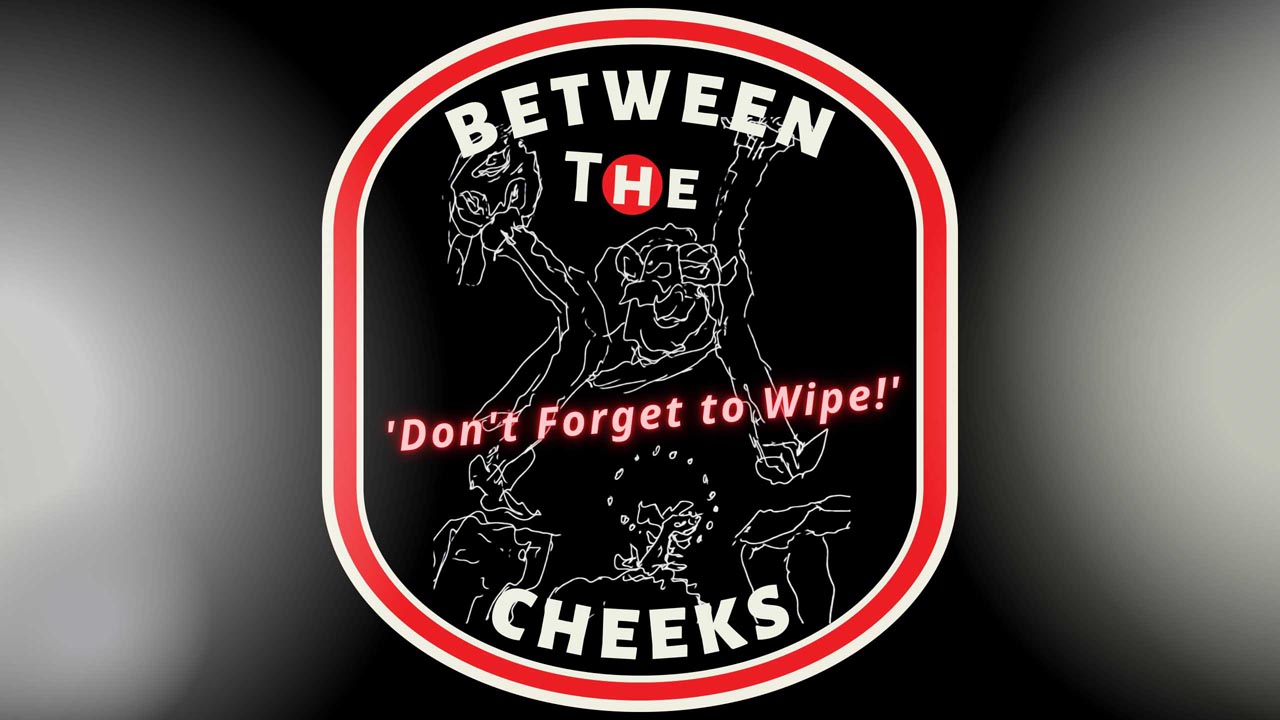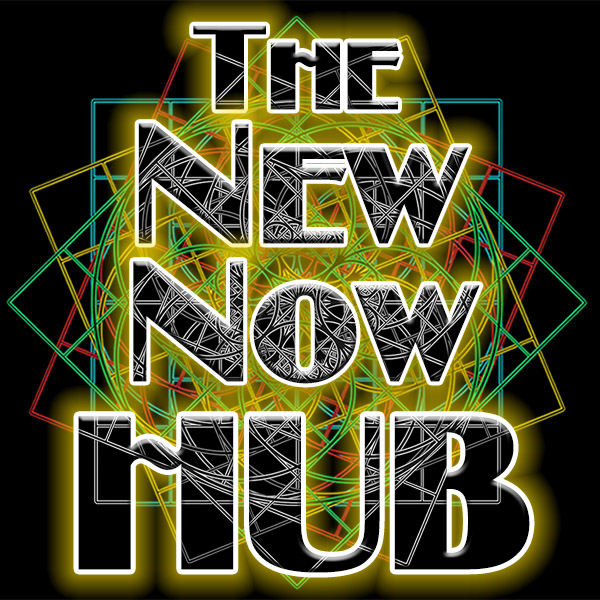Secrets to free-mindedness

“I have forced myself to contradict myself in order to avoid conforming to myself.” ~Marcel Duchamp
Marcel Duchamp didn’t just contradict himself; he weaponized it against the art world. In our fragmented age, his quote invites us to practice the same insurrection.
If you really want to stay ahead of the curve of the human condition, force yourself to contradict yourself. Gather all the ugly ducklings of your beliefs, idealisms and idols, and line them up on the firing squad line of your highest courage and blast away. No mercy. No pity. No scruples. Just pure unadulterated daring.
Keep firing away until you are face to face with your deepest darkness. Keep firing until your own personal abyss rises up from the blackest depths of your repression and ignorance. Then double down on your bravery. Gaze into that darkness until it blinks. And when it blinks, give it a wink born from your fiercest sense of humor. Keep winking until a deep engaging laughter takes hold. Then hold that laughter until you realize that the abyss is nothing more than a “featherbed.”
As Kierkegaard said, “When I opened my eyes and saw the real world, I began to laugh. And I haven’t stopped since.”
But don’t get too comfortable. Strategic self-contradiction is a thunderclap of philosophical insurgency, a rallying cry for the heretic soul who wields doubt not as a weapon of destruction, but as a scalpel for revelation. So, you must keep your scalpel sharp on the whetstone of your pain and fear.
A man has to forge himself into a weapon or he will be forged into a tool. As Nietzsche said, “He who cannot obey himself is commanded.” Obey yourself, first by acting courageously against your cultural conditioning, against your indoctrination, against your brainwashing. Then by disobeying yourself through strategic self-contradiction. Indeed, in order to get out of your own way, you must first realize that you’re in the way.
“Truth” is the dogmatic edifice you mistake for armor. Lest your “way” become a “truth,” you must be capable of existential pivoting. You must be capable of discarding your “armor” and standing naked in the blazing heat of universal indifference. You must be capable of strategic self-contradiction.
Open-mindedness isn’t a goal or destination; it’s a way of life, a way of thinking, and a way to become better at adaptation, improvisation, and self-overcoming. Such a life strategy has the potential to lead to eudaimonia or even enlightenment.
But, similar to open-mindedness, enlightenment isn’t a static icon to revere but a process to embody. Every Buddha—every guru, every epiphany, every self-proclaimed savior—must die to prevent stagnation. The path demands patricide of the ego and even deicide of the dogmatic. Slay the so-called Master within you who whispers, “This is final,” lest you become just another gilded calf in a long line of rusted, outdated, and parochial golden idols.
Conformity to the Self breeds complacency, a slow suffocation where habits harden into dogmas and beliefs become blinders. By forcing contradiction (intentionally adopting opposing views, behaviors, or worldviews) you shatter the mold, fostering fluidity and renewal. Not blind recklessness but structured disruption, a philosophical and psychological toolkit for evolution. Crucially, it serves as a bulwark against nihilism’s void and existential angst’s gnawing uncertainty, transforming potential despair into dynamic vitality.
Unleashing the Question Mark Sword from the scabbard of your fear is a crucial first step. Cut from the soul despite the ego. Each cut is a liberation from the chains of indoctrination. Each cut is a vivisection on the lizard brain of your weakest self. Each cut a tribulation despite your tiniest comfort zone.
This is no blunt instrument of rage; it’s the elegant arc of the interrogative, drawn from the sheath of your deepest anxieties. Fear is the forge: what terrifies you most is precisely what tempers the blade. Dare to extract it. Transform paralysis into precision. The sword’s edge is inscribed with the punctuation of possibility: a curl of ink that refuses to end in a period point, forever looping back to “Why?” or “What if?” or “How do I overcome?”
Strategic self-contradiction is how. Otherwise, your conformity will be the death of your creativity. Your rigidity will be the bane of your flexibility. Your dogmatism will be the demise of your openness. Keep creativity ahead of conformity, flexibility ahead of rigidity, and openness ahead of dogmatism by strategically contradicting yourself.
Intentionally fracture your own patterns to keep the Self fluid and evolving. Inject deliberate dissonance into your habits, thoughts, and especially your beliefs. Sabotage your beliefs to prevent ossification into a predictable, monotonous echo chamber. Decalcify your identity. Rebel against the tyranny of the “true self”—that illusory monolith you cling to for comfort.
Practice Socratic irony as self-interrogation. Pose relentless questions to your convictions until your “self” unravels. Practice Hegelian negation, a process of development where a concept (thesis) is challenged by its opposite (antithesis), and their conflict (or dialogue) is resolved into a new, more complex concept (synthesis). This is not a simple cancellation, but a “determinate negation” where the new idea incorporates and preserves elements from the previous two stages in a continuous, forward-moving cycle of development. This births a meta-synthesis. Philosophically, this counters nihilism by affirming that meaning isn’t found but made through dialogue and tension, through paradox and flow, echoing Camus’s absurd hero who rebels by embracing life’s contradictions rather than succumbing to blank meaninglessness.
Practice Amor Fati with a twist. Nietzsche urged Amor Fati (love of fate) as eternal recurrence, willing one’s life to repeat infinitely. But to “Duchamp-ify” this, introduce deliberate reversal: envision not just affirming your path, but inverting it. What if your triumphs were failures, your virtues vices? Write an “anti-autobiography” where you recast your life story through the lens of your shadow—those repressed traits Nietzsche called the Dionysian underbelly. This forces contradiction, thus dissolving the ego’s narrative monopoly. Psychologically, it mitigates existential angst by reframing dread as opportunity; as Sartre might say, we’re “condemned to be free,” but contradiction liberates us from the anguish of fixed essence, allowing self-deception to yield to authentic multiplicity.
Invert cognitive dissonance into creative catalyzing. Leon Festinger’s theory posits that clashing beliefs cause discomfort, motivating resolution. Lean into them. Curate “dissonance dates” with your opposite self. If you’re an introvert, schedule extroverted escapades—networking events scripted with feigned charisma—then debrief the tension. Journal the synthesis: How did vulnerability enrich your solitude? This will not only avoid self-conformity but combat existential angst. Studies in positive psychology (e.g., Viktor Frankl’s logotherapy) show that resolving dissonance fosters purpose, thus transmuting the nausea of existential angst into resilient meaning-making.
Playfully engage with your surplus of archetypes. Personify your contrarian. Activate your inner trickster. Force a dialogue between the Anima/Animus to birth the “Primordial Unity,” the divine Child of Opposites. Baptize your shadow. Initiate; integrate; individuate. Challenge the Apollonian with the Dionysian. Usurp the throne of your highest ideal and then burn it to the ground so that you may bury the egg of the Phoenix. Such alchemical unions heal nihilistic fragmentation; by holding the tension between opposites, you overcome the void’s pull, as Jung warned of unintegrated opposites breeding projection and despair. The result? A mandala-like self, whole yet ever-shifting.
These philosophical dialectics and psychological rewirings aren’t mere exercises—they’re lifelines that will pull you away from nihilism’s undertow and existential angst’s vertigo, transforming you into a Self that is protean, resilient, and joyous. So, force the fracture. Argue with your certainties. Dance with your demons. In the words of another contrarian, Walt Whitman, “Do I contradict myself? Very well then, I contradict myself… I am large, I contain multitudes.” Conform no more—to yourself least of all. Flow into self-overcoming. Step into the multitude: the infinite interconnectedness of all things becoming aware of itself through the paradox of You.
Image source:
About the Author:
Gary Z McGee, a former Navy Intelligence Specialist turned philosopher, is the author of Birthday Suit of God and The Looking Glass Man. His works are inspired by the great philosophers of the ages and his wide-awake view of the modern world.
This article (Strategic Self-contradiction: The Secret to Open-mindedness) was originally created and published by Self-inflicted Philosophy and is printed here under a Creative Commons license with attribution to Gary Z McGee and self-inflictedphilosophy.com. It may be re-posted freely with proper attribution, author bio, and this statement of copyright
“I have forced myself to contradict myself in order to avoid conforming to myself.” ~Marcel Duchamp
Marcel Duchamp didn’t just contradict himself; he weaponized it against the art world. In our fragmented age, his quote invites us to practice the same insurrection.
If you really want to stay ahead of the curve of the human condition, force yourself to contradict yourself. Gather all the ugly ducklings of your beliefs, idealisms and idols, and line them up on the firing squad line of your highest courage and blast away. No mercy. No pity. No scruples. Just pure unadulterated daring.
Keep firing away until you are face to face with your deepest darkness. Keep firing until your own personal abyss rises up from the blackest depths of your repression and ignorance. Then double down on your bravery. Gaze into that darkness until it blinks. And when it blinks, give it a wink born from your fiercest sense of humor. Keep winking until a deep engaging laughter takes hold. Then hold that laughter until you realize that the abyss is nothing more than a “featherbed.”
As Kierkegaard said, “When I opened my eyes and saw the real world, I began to laugh. And I haven’t stopped since.”
But don’t get too comfortable. Strategic self-contradiction is a thunderclap of philosophical insurgency, a rallying cry for the heretic soul who wields doubt not as a weapon of destruction, but as a scalpel for revelation. So, you must keep your scalpel sharp on the whetstone of your pain and fear.
A man has to forge himself into a weapon or he will be forged into a tool. As Nietzsche said, “He who cannot obey himself is commanded.” Obey yourself, first by acting courageously against your cultural conditioning, against your indoctrination, against your brainwashing. Then by disobeying yourself through strategic self-contradiction. Indeed, in order to get out of your own way, you must first realize that you’re in the way.
“Truth” is the dogmatic edifice you mistake for armor. Lest your “way” become a “truth,” you must be capable of existential pivoting. You must be capable of discarding your “armor” and standing naked in the blazing heat of universal indifference. You must be capable of strategic self-contradiction.
Open-mindedness isn’t a goal or destination; it’s a way of life, a way of thinking, and a way to become better at adaptation, improvisation, and self-overcoming. Such a life strategy has the potential to lead to eudaimonia or even enlightenment.
But, similar to open-mindedness, enlightenment isn’t a static icon to revere but a process to embody. Every Buddha—every guru, every epiphany, every self-proclaimed savior—must die to prevent stagnation. The path demands patricide of the ego and even deicide of the dogmatic. Slay the so-called Master within you who whispers, “This is final,” lest you become just another gilded calf in a long line of rusted, outdated, and parochial golden idols.
Conformity to the Self breeds complacency, a slow suffocation where habits harden into dogmas and beliefs become blinders. By forcing contradiction (intentionally adopting opposing views, behaviors, or worldviews) you shatter the mold, fostering fluidity and renewal. Not blind recklessness but structured disruption, a philosophical and psychological toolkit for evolution. Crucially, it serves as a bulwark against nihilism’s void and existential angst’s gnawing uncertainty, transforming potential despair into dynamic vitality.
Unleashing the Question Mark Sword from the scabbard of your fear is a crucial first step. Cut from the soul despite the ego. Each cut is a liberation from the chains of indoctrination. Each cut is a vivisection on the lizard brain of your weakest self. Each cut a tribulation despite your tiniest comfort zone.
This is no blunt instrument of rage; it’s the elegant arc of the interrogative, drawn from the sheath of your deepest anxieties. Fear is the forge: what terrifies you most is precisely what tempers the blade. Dare to extract it. Transform paralysis into precision. The sword’s edge is inscribed with the punctuation of possibility: a curl of ink that refuses to end in a period point, forever looping back to “Why?” or “What if?” or “How do I overcome?”
Strategic self-contradiction is how. Otherwise, your conformity will be the death of your creativity. Your rigidity will be the bane of your flexibility. Your dogmatism will be the demise of your openness. Keep creativity ahead of conformity, flexibility ahead of rigidity, and openness ahead of dogmatism by strategically contradicting yourself.
Intentionally fracture your own patterns to keep the Self fluid and evolving. Inject deliberate dissonance into your habits, thoughts, and especially your beliefs. Sabotage your beliefs to prevent ossification into a predictable, monotonous echo chamber. Decalcify your identity. Rebel against the tyranny of the “true self”—that illusory monolith you cling to for comfort.
Practice Socratic irony as self-interrogation. Pose relentless questions to your convictions until your “self” unravels. Practice Hegelian negation, a process of development where a concept (thesis) is challenged by its opposite (antithesis), and their conflict (or dialogue) is resolved into a new, more complex concept (synthesis). This is not a simple cancellation, but a “determinate negation” where the new idea incorporates and preserves elements from the previous two stages in a continuous, forward-moving cycle of development. This births a meta-synthesis. Philosophically, this counters nihilism by affirming that meaning isn’t found but made through dialogue and tension, through paradox and flow, echoing Camus’s absurd hero who rebels by embracing life’s contradictions rather than succumbing to blank meaninglessness.
Practice Amor Fati with a twist. Nietzsche urged Amor Fati (love of fate) as eternal recurrence, willing one’s life to repeat infinitely. But to “Duchamp-ify” this, introduce deliberate reversal: envision not just affirming your path, but inverting it. What if your triumphs were failures, your virtues vices? Write an “anti-autobiography” where you recast your life story through the lens of your shadow—those repressed traits Nietzsche called the Dionysian underbelly. This forces contradiction, thus dissolving the ego’s narrative monopoly. Psychologically, it mitigates existential angst by reframing dread as opportunity; as Sartre might say, we’re “condemned to be free,” but contradiction liberates us from the anguish of fixed essence, allowing self-deception to yield to authentic multiplicity.
Invert cognitive dissonance into creative catalyzing. Leon Festinger’s theory posits that clashing beliefs cause discomfort, motivating resolution. Lean into them. Curate “dissonance dates” with your opposite self. If you’re an introvert, schedule extroverted escapades—networking events scripted with feigned charisma—then debrief the tension. Journal the synthesis: How did vulnerability enrich your solitude? This will not only avoid self-conformity but combat existential angst. Studies in positive psychology (e.g., Viktor Frankl’s logotherapy) show that resolving dissonance fosters purpose, thus transmuting the nausea of existential angst into resilient meaning-making.
Playfully engage with your surplus of archetypes. Personify your contrarian. Activate your inner trickster. Force a dialogue between the Anima/Animus to birth the “Primordial Unity,” the divine Child of Opposites. Baptize your shadow. Initiate; integrate; individuate. Challenge the Apollonian with the Dionysian. Usurp the throne of your highest ideal and then burn it to the ground so that you may bury the egg of the Phoenix. Such alchemical unions heal nihilistic fragmentation; by holding the tension between opposites, you overcome the void’s pull, as Jung warned of unintegrated opposites breeding projection and despair. The result? A mandala-like self, whole yet ever-shifting.
These philosophical dialectics and psychological rewirings aren’t mere exercises—they’re lifelines that will pull you away from nihilism’s undertow and existential angst’s vertigo, transforming you into a Self that is protean, resilient, and joyous. So, force the fracture. Argue with your certainties. Dance with your demons. In the words of another contrarian, Walt Whitman, “Do I contradict myself? Very well then, I contradict myself… I am large, I contain multitudes.” Conform no more—to yourself least of all. Flow into self-overcoming. Step into the multitude: the infinite interconnectedness of all things becoming aware of itself through the paradox of You.
Image source:
Jester by Rancore33
About the Author:
Gary Z McGee, a former Navy Intelligence Specialist turned philosopher, is the author of Birthday Suit of God and The Looking Glass Man. His works are inspired by the great philosophers of the ages and his wide-awake view of the modern world.
This article (Strategic Self-contradiction: The Secret to Open-mindedness) was originally created and published by Self-inflicted Philosophy and is printed here under a Creative Commons license with attribution to Gary Z McGee and self-inflictedphilosophy.com. It may be re-posted freely with proper attribution, author bio, and this statement of copyright









